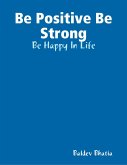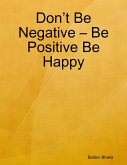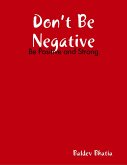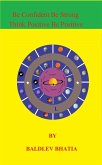Positive Sleep Patterns challenges the modern neglect of rest by revealing sleep as the unsung hero of productivity, emotional resilience, and physical health. Blending neuroscience and psychology, the book dismantles the harmful belief that sacrificing sleep fuels success, instead showing how quality rest enhances decision-making, reduces inflammation, and stabilizes mood. It centers on three pillars: aligning with natural circadian rhythms, optimizing sleep environments, and repairing the sleep-emotional health connection—all while addressing how artificial light, digital culture, and industrialized routines have hijacked our evolutionary need for restorative rest.
What sets this book apart is its sleep scaffolding approach—small, science-backed tweaks that compound over time, like adjusting light exposure or crafting mindful pre-sleep rituals. It demystifies complex concepts, comparing circadian misalignment to living in the wrong time zone and explaining how the brain’s glymphatic system cleanses toxins during deep sleep. Practical chapters guide readers through optimizing bedrooms for darkness and quiet, managing stress with mindfulness, and even adapting strategies for shift work. Cross-cultural examples, from Mediterranean siestas to Scandinavian winter habits, underscore humanity’s adaptive sleep wisdom, while critiques of sleep-tracking apps balance tech insights with biological truths.
Written in clear, relatable prose, Positive Sleep Patterns avoids rigid rules, empowering readers to personalize evidence-based tools. By reframing sleep as a skill to master—not a passive state—it transforms rest from an afterthought into a deliberate foundation for thriving.
What sets this book apart is its sleep scaffolding approach—small, science-backed tweaks that compound over time, like adjusting light exposure or crafting mindful pre-sleep rituals. It demystifies complex concepts, comparing circadian misalignment to living in the wrong time zone and explaining how the brain’s glymphatic system cleanses toxins during deep sleep. Practical chapters guide readers through optimizing bedrooms for darkness and quiet, managing stress with mindfulness, and even adapting strategies for shift work. Cross-cultural examples, from Mediterranean siestas to Scandinavian winter habits, underscore humanity’s adaptive sleep wisdom, while critiques of sleep-tracking apps balance tech insights with biological truths.
Written in clear, relatable prose, Positive Sleep Patterns avoids rigid rules, empowering readers to personalize evidence-based tools. By reframing sleep as a skill to master—not a passive state—it transforms rest from an afterthought into a deliberate foundation for thriving.









